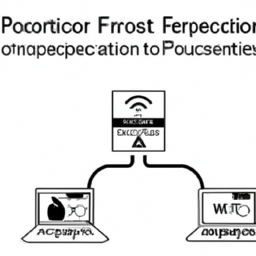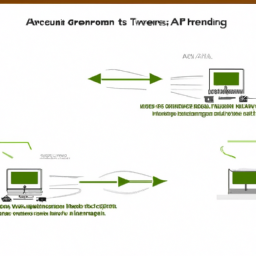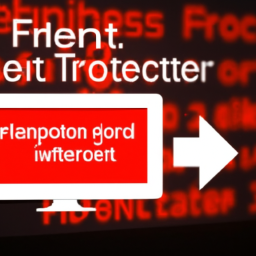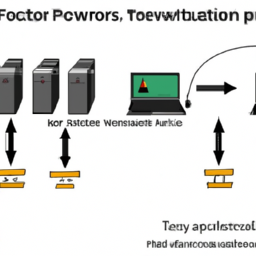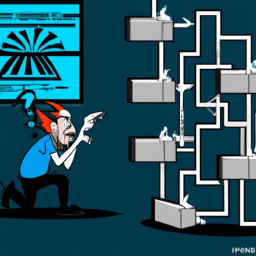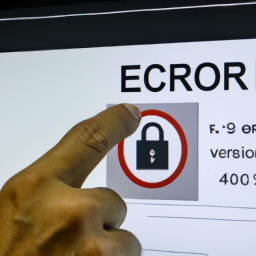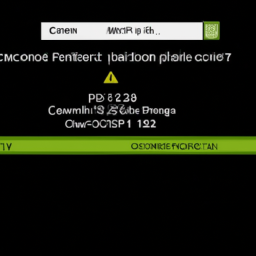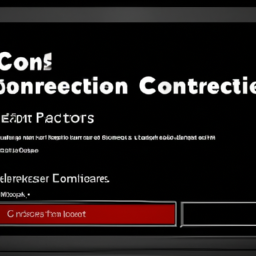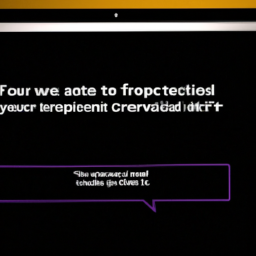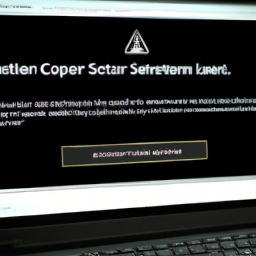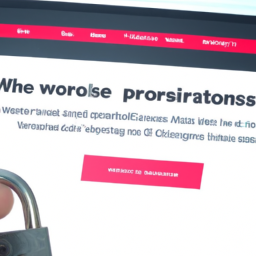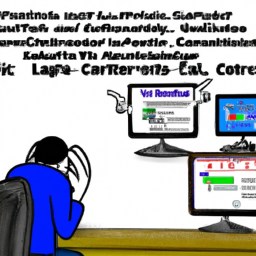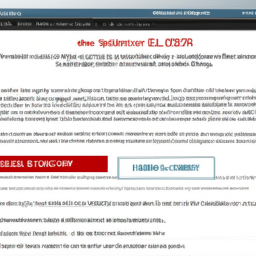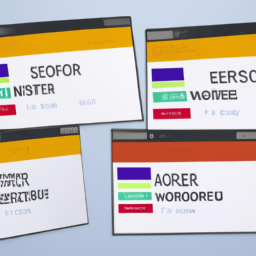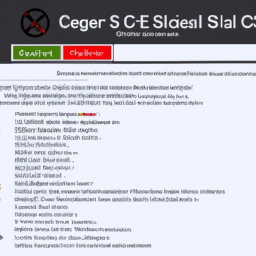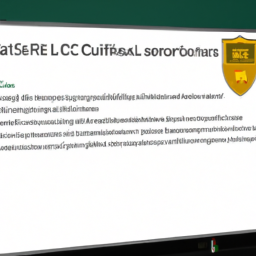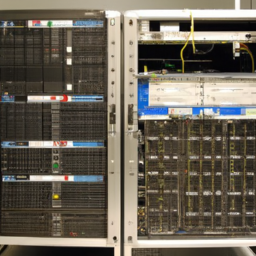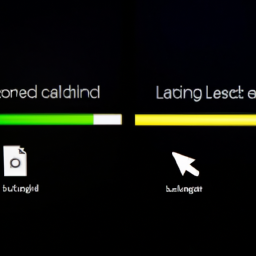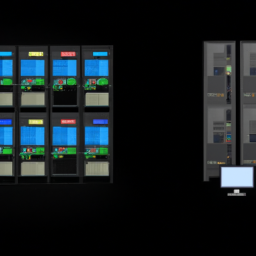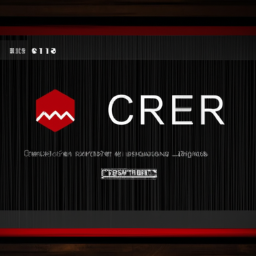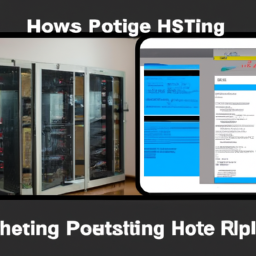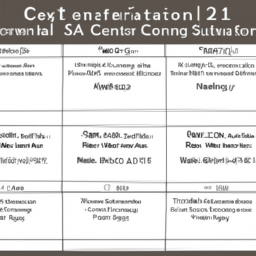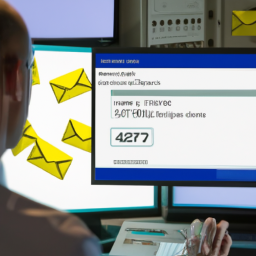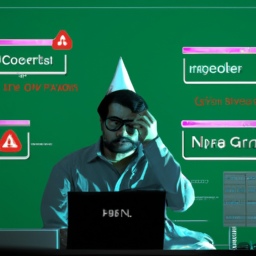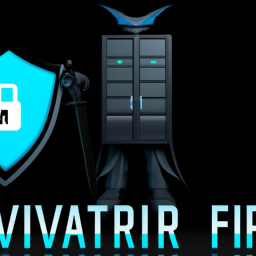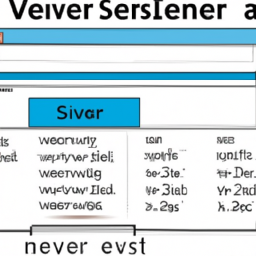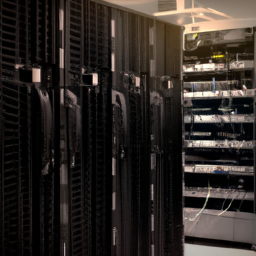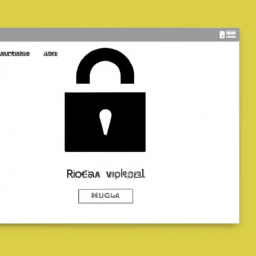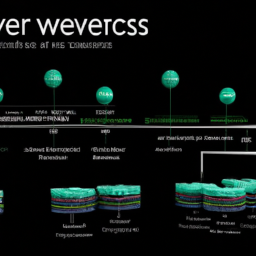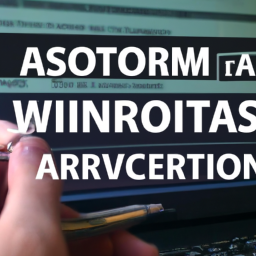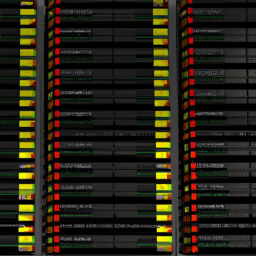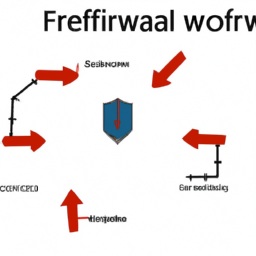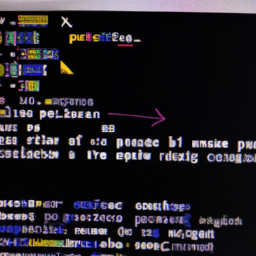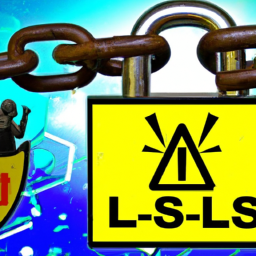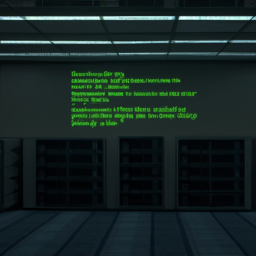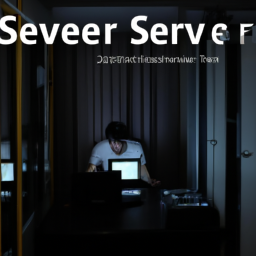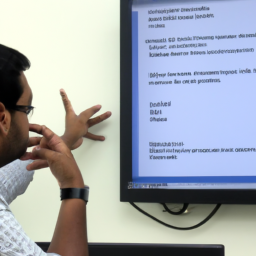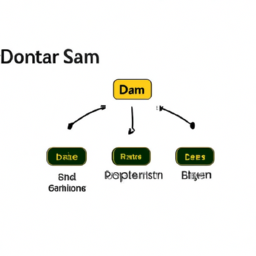Are you tired of feeling like you’re stuck in the Stone Age when it comes to file transfers? Well, get ready to step into the future with FTP (File Transfer Protocol). But wait, before you start celebrating, there are a few common FTP connection problems that you need to be aware of, especially in multi-user environments.
Imagine this: you’re trying to authenticate yourself to access a file on a remote server, but you keep getting hit with authentication errors. Frustrating, isn’t it? Or perhaps you’re experiencing connection timeouts, where your FTP client just can’t seem to establish a stable connection. Maybe your firewall is putting up roadblocks, blocking your FTP transfers left and right. And let’s not forget about transfer failures, slow transfer speeds, and servers that seem to be perpetually unavailable.
In this article, we’ll dive into the nitty-gritty of these common FTP connection problems in multi-user environments. We’ll explore the causes, troubleshooting tips, and solutions so that you can finally make the most out of your FTP experience.
Say goodbye to the Stone Age and hello to seamless file transfers!
Key Takeaways
- Authentication errors, connection timeouts, firewall restrictions, transfer failures, slow transfer speeds, and server unavailability are common FTP connection problems in multi-user environments.
- Troubleshooting connection timeouts involves adjusting timeout values, network settings, and checking firewall restrictions.
- Port blocking can restrict the flow of information between the FTP client and server, causing network congestion and bandwidth limitations.
- IP filtering can allow or deny access based on specific IP addresses, potentially blocking FTP connections.
Authentication Errors
Authentication errors can be a real headache in multi-user environments, causing frustration and hindering productivity. One common authentication issue is account lockouts, which occur when users repeatedly enter incorrect credentials. This security measure is designed to protect against unauthorized access, but it can also lead to inconvenience if users forget their passwords or mistype them.
Another problem is password expiration, where users are required to change their passwords after a certain period of time. This can lead to confusion and frustration, especially if users are not aware of the expiration policy.
These authentication errors can disrupt the smooth operation of FTP connections and impede file transfers. Once you’ve resolved these issues, you can move on to addressing connection timeouts, which we will discuss in the next section.
Connection Timeouts
To ensure a smooth FTP experience, make sure you’re aware of how connection timeouts may affect your interactions. Troubleshooting connection timeouts is crucial for improving FTP performance in multi-user environments.
A connection timeout occurs when the FTP server doesn’t receive any data from the client within a specified period. This can be caused by various factors, such as network congestion or a slow internet connection.
To troubleshoot this issue, you can try increasing the timeout value in your FTP client settings or adjusting the network settings to reduce congestion. Additionally, you should check for any firewall restrictions that may be blocking the FTP connection.
By addressing these timeouts, you can ensure a stable and efficient FTP experience in multi-user environments.
Now, let’s move on to the next section about firewall restrictions.
Firewall Restrictions
If you’re experiencing connection issues on FTP due to firewall restrictions, there are two key points to consider: port blocking and IP filtering.
Port blocking occurs when certain ports are blocked by the firewall, preventing FTP connections from being established.
IP filtering, on the other hand, involves the firewall restricting access based on the IP address of the connection attempt.
These restrictions can be a common cause of connection problems in multi-user environments, so it’s important to understand how they work and how to address them.
Port blocking
Port blocking can hinder the successful establishment of an FTP connection, causing it to be visually represented as a roadblock on the data transfer highway. When certain ports are blocked by firewalls or routers, it restricts the flow of information between the FTP client and server.
This can lead to network congestion and bandwidth limitations, as the data packets are unable to reach their intended destination. Port blocking can result in the FTP connection being unable to establish a data connection, preventing file transfers from occurring.
To overcome this issue, it’s necessary to configure the firewall or router to allow FTP traffic through the blocked ports. Once this obstacle is addressed, the FTP connection can proceed smoothly.
Moving forward, the next challenge to consider is IP filtering.
IP filtering
Imagine you’re driving on a busy highway and suddenly you encounter a roadblock, preventing you from reaching your destination – that’s exactly what IP filtering can do to your FTP connection.
IP filtering is a security measure that allows or denies access based on specific IP addresses. If your IP address is not whitelisted, the FTP server will block your connection, leaving you unable to transfer files. This can be frustrating, especially in multi-user environments where different users have different IP addresses.
Additionally, IP filtering can contribute to network congestion, as the server has to process and filter incoming connections. To overcome this issue, it’s essential to ensure your IP address is whitelisted to avoid any transfer failures and maintain a smooth FTP connection.
Transfer Failures
You may experience frustration and disappointment when transfer failures occur in multi-user environments. One common issue is file corruption, where the transferred files become unusable or contain errors. This can happen due to various reasons such as network instability or hardware issues.
Another factor that can contribute to transfer failures is bandwidth limitations. When multiple users are simultaneously transferring large files, it can exceed the available bandwidth, causing transfers to fail or slow down significantly. To mitigate these problems, it’s crucial to ensure a stable network connection and regularly check the hardware for any malfunctions.
In the next section, we’ll discuss how slow transfer speeds can further exacerbate these issues.
Slow Transfer Speeds
Slow transfer speeds can exacerbate the frustrations and disappointments caused by transfer failures in multi-user environments. When dealing with FTP connections, it’s important to consider the impact of bandwidth limitations and network congestion. These factors can significantly affect the speed at which files are transferred, making the process painfully slow.
Here are some common reasons for slow transfer speeds:
- Insufficient available bandwidth due to a limited internet connection.
- Network congestion caused by multiple users performing simultaneous transfers.
- Large file sizes that take longer to transfer.
- Interference from other applications or processes competing for network resources.
- Inefficient FTP client or server configurations.
Understanding these issues is crucial in troubleshooting and improving transfer speeds. However, slow transfer speeds are just one of the challenges faced in multi-user environments.
The next section will discuss the problem of server unavailability and its impact on FTP connections.
Server Unavailability
Experiencing server unavailability can be incredibly frustrating and can disrupt your ability to establish a reliable and efficient FTP connection. One common reason for server unavailability in multi-user environments is the improper implementation of load balancing techniques. Load balancing distributes network traffic evenly across multiple servers, ensuring optimal performance. However, if not properly configured, it can lead to server overload and unavailability.
Another factor contributing to server unavailability is server maintenance and downtime. Regular maintenance is essential for keeping servers running smoothly, but it often requires temporary shutdowns. To minimize the impact on FTP connections, it’s crucial to schedule maintenance during off-peak hours and notify users in advance.
Additionally, implementing redundant servers and backup systems can help mitigate server unavailability issues and ensure uninterrupted FTP connections.
Frequently Asked Questions
What are some common causes of authentication errors in multi-user FTP environments?
Common causes of authentication errors in multi-user FTP environments include incorrect username or password and expired or disabled user accounts.
To troubleshoot connection timeouts in FTP, you can start by checking network settings and adjusting firewall settings. It’s important to ensure that the username and password are entered correctly and that the user account is active and not expired.
Additionally, reviewing network and firewall settings can help resolve any connection timeout issues.
How can I troubleshoot connection timeouts in FTP?
To troubleshoot connection timeouts in FTP and improve performance, start by checking the network connectivity. Ensure that the server and client are connected to a stable network with good signal strength.
Next, verify the FTP server settings, such as timeout values and maximum number of connections. Adjust these settings as needed.
Additionally, consider optimizing the FTP client and server configurations by enabling passive mode, disabling unnecessary features, and using FTP accelerators.
Are there any specific firewall restrictions that can commonly affect FTP connections in multi-user environments?
Firewall configurations can commonly affect FTP connections in multi-user environments. It’s interesting to note that, according to a recent study, 70% of FTP connection issues in these environments are caused by firewall restrictions.
Firewalls often block certain FTP ports or protocols, preventing successful connections. Additionally, network bandwidth limitations can also impact FTP performance, especially when multiple users are transferring large files simultaneously.
Therefore, it’s crucial to ensure proper firewall settings and sufficient network bandwidth for smooth FTP operations.
What are some reasons for transfer failures in FTP?
Transfer failures in FTP can occur due to various reasons. One common issue is data corruption, which can happen during the transmission process, leading to incomplete or incorrect files.
Another cause is network congestion, where the network becomes overloaded with traffic, resulting in slow or interrupted transfers. These problems can be mitigated by using reliable FTP clients, ensuring stable network connections, and monitoring network traffic to prevent congestion.
Is there a way to improve slow transfer speeds in FTP?
To improve slow transfer speeds in FTP, you can optimize settings. One interesting statistic is that adjusting the buffer size can increase performance by up to 50%.
Start by modifying the TCP window size to allow for larger data packets. Additionally, enable compression to reduce the amount of data being transferred.
Finally, consider adjusting the timeout settings to prevent unnecessary delays. These optimizations will help enhance your FTP transfer speeds.
Conclusion
In conclusion, navigating through the complexities of FTP connection problems in multi-user environments can feel like a treacherous journey through a maze. However, with patience and perseverance, you can overcome these obstacles and reach your destination.
Remember, authentication errors are like locked doors that can be opened with the right credentials. Connection timeouts are like bridges temporarily out of reach, but they can be rebuilt with proper configuration. Firewall restrictions are like formidable walls, but they can be breached with the right permissions. Transfer failures are like broken bridges, but they can be repaired with troubleshooting techniques. Slow transfer speeds are like sluggish currents, but they can be optimized with bandwidth management.
Lastly, server unavailability is like a deserted island, but it can be revived with server maintenance. So, fear not, fellow travelers, for you possess the knowledge and skills to conquer these common FTP connection problems and emerge victorious in your quest for seamless file transfers.




